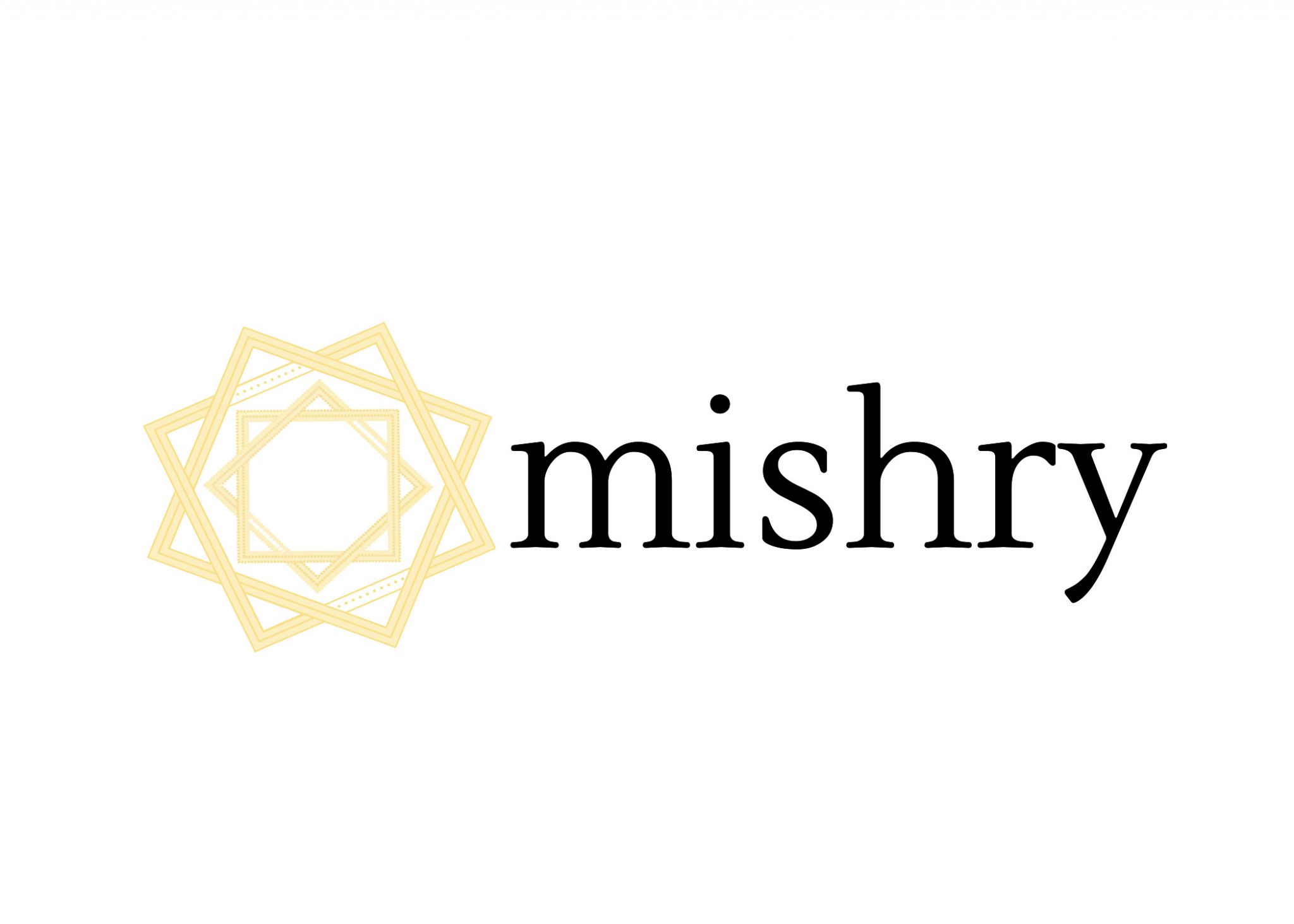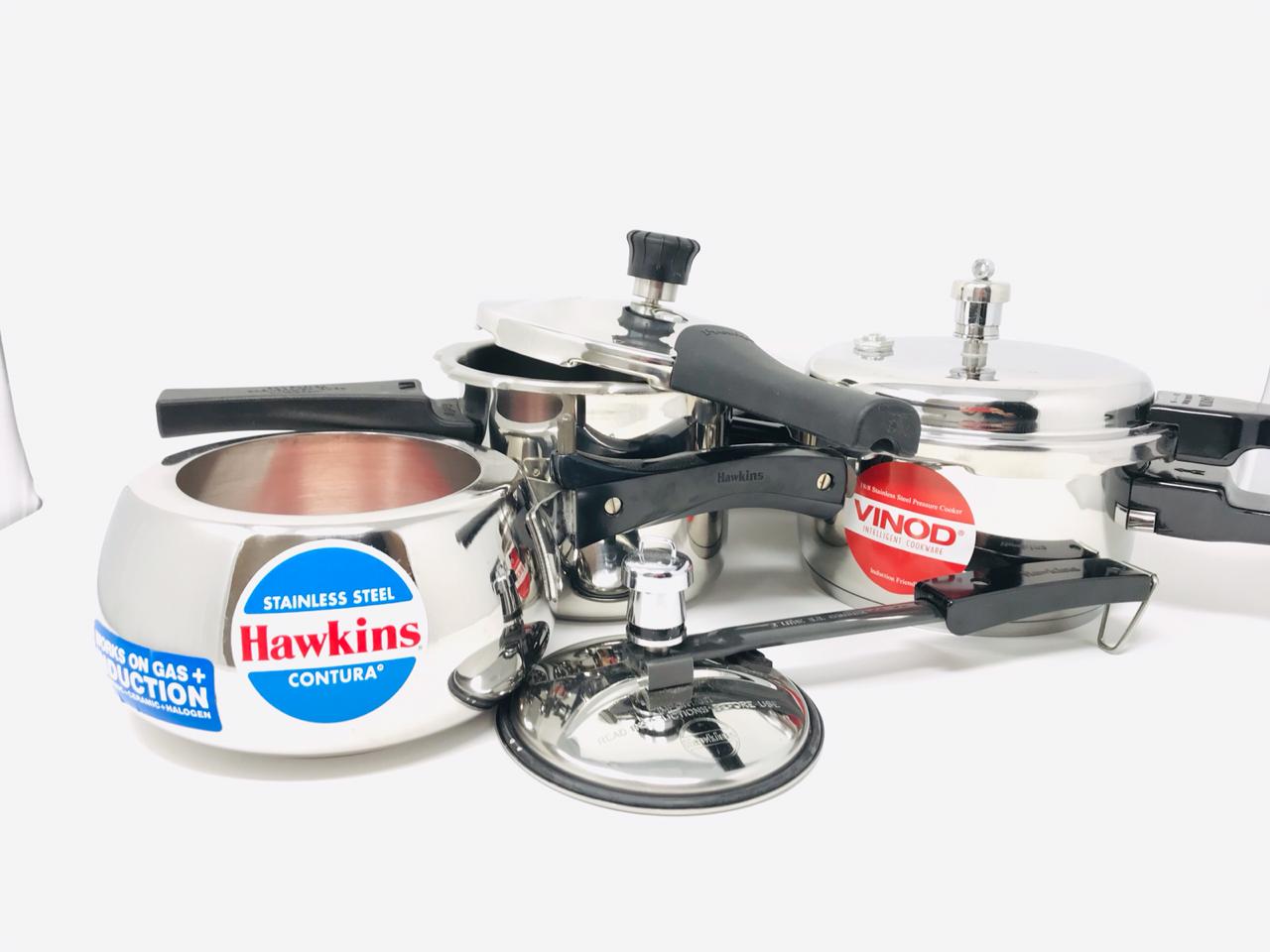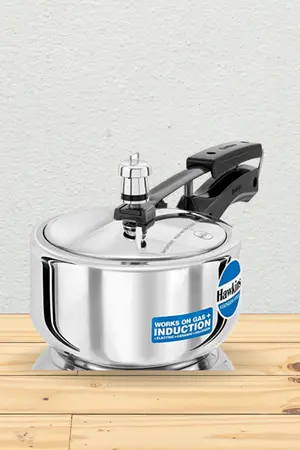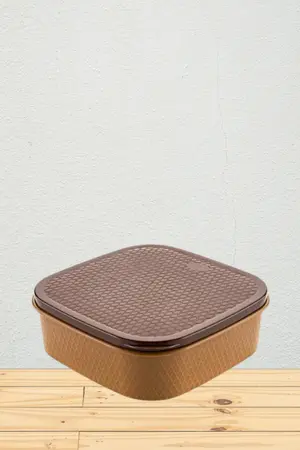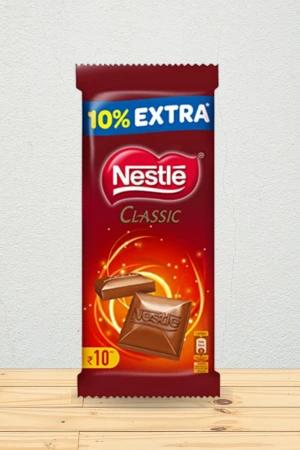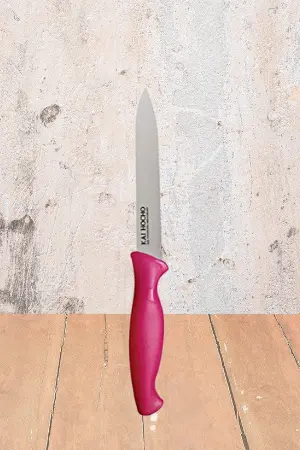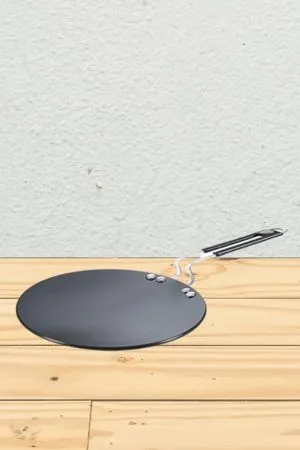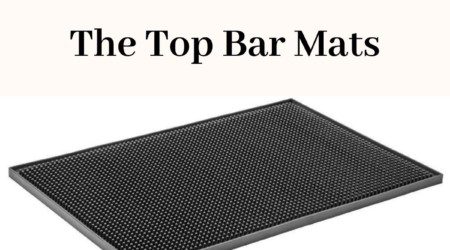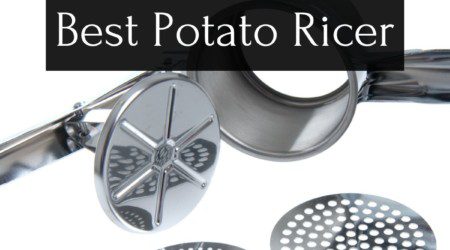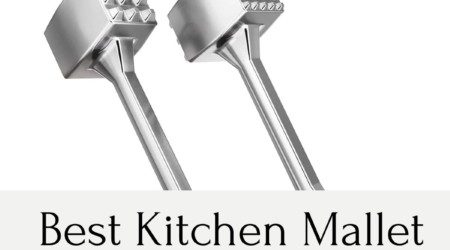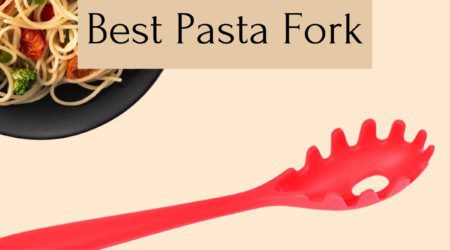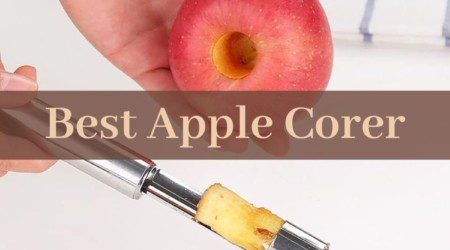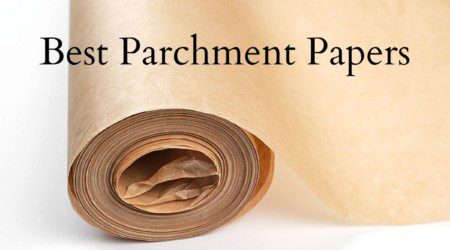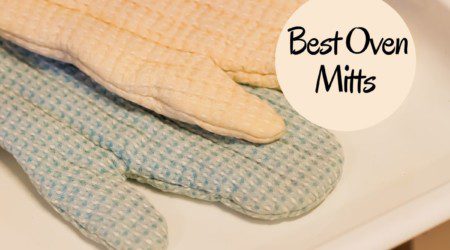Pressure Cooker: How To Cook In Pressure Cooker | Safety Measure | Types Of Pressure Cookers
Pressure cooking is a great method that helps in saving both time and energy. If you keep in mind the correct and appropriate way of using it, you’ll see its advantages.
Our reviews are research-based, and all trials and testings are conducted in-house over days and weeks. We have a strict no-free-sample policy to ensure our reviews are fair and impartial.
Why Should You Use A Pressure Cooker?
Cooking with the help of a pressure cooker much simpler than it seems, furthermore, as compared to an open wok or pan, a pressure cooker can significantly decrease your cooking time due to the intense heat and pressure inside its enclosed walls. The reduced time of the cooking process allows the food to retain most of its vitamins and minerals, thus pressure cooking is also a healthier way of cooking.
Also Read: Baking Utensils: A Beginner’s Guide
Pressure Cooker Is Not Something To Be Scared Of
There have been a lot of reports concerning the safety issues linked to the usage of pressure cookers. Pressure cooker explosions have been a cause of concern in the past, thus it is perfectly justifiable for you to be concerned about it too. Although most of the modern pressure cooker variants come with some basic safety measures, it wouldn’t hurt anybody to take a look at what these measures are.
- The lid, thanks to its interlocking mechanisms, allows a safe increase in pressure.
- Another modern adjustment is the sealing ring, which is used for creating an air-tight space and preventing the pressure from decreasing.
- Each modern cooker is equipped with a pressure plug that helps in releasing any excess pressure.
The Science Behind Its Working
As we have mentioned, pressure cookers can speed up your cooking process. Let’s understand the reason behind it. Sure, the pressure developed inside of the cooker is the chief reason behind its cooking, but what is the reason behind it? Let’s find out.
- When cooked in open, the temperature of the water-based cooking liquid rises gradually. However, when it reaches its boiling point, the liquid is converted into steam. The temperature of the liquid remains at 100℃ (its boiling point). But, in the case of a pressure cooker, the enclosed space allows the heat to get trapped inside, thus further increasing the temperature of the liquid and speeding the cooking process.
- Apart from increasing the temperature of the cooking liquid, the enclosed space also traps in steam, which is highly efficient for the transfer of heat. This makes it much easier for the food to heat up and cook faster than usual.
Also Read: 8 Amazing Tips To Save Time In The Kitchen
The Different Types Of Pressure Cookers
The thing that you must keep in mind before diving into the different types of pressure cookers is that all of them require water for cooking, as in the end, the conversion of water into steam is what adds pressure to the mix.
Based Upon Generation
1. First Generation Cookers
You might be very well-aware of these types of cookers, for these are far more popular and widely distributed still. One of its key properties is the sound of a whistle, which is produced due to the escaping of excess steam. It has a weight-modified pressure valve that automatically rises and allows the additional steam to escape.
2. Second Generation Cookers
The second-generation cookers are relatively new and are still not very much in-demand. Unlike the first generation cookers, which contain weight-modified valves, the ones that are present in second-gen cookers are spring-loaded and hidden from view. They can work on multiple pressure levels, and they also allow you to select the pressure level as per the requirement.
3. Third Gen or Electric Cookers
Electric is indeed the future of cookware. Apart from being efficient, electric cookers offer you a great range of options, which includes keeping the food warm and timer settings. Just like the second-gen cookers, these electric variants too have a spring-loaded pressure valve and can provide the option for cooking under multiple settings.
Based On Features
1. Single Purpose Pressure Cooker
The single purpose pressure cooker mostly includes the first and second generation of cookers, for they can only be used for cooking purposes.
2. Multi-Purpose Pressure Cooker
Apart from cooking, various other pressure cookers provide the consumer with other options such as steaming and searing. Mostly electricity-driven, these cookers can be used for slow cooking, along with cooking rice as well.
Related Reading In How To
How To Set Dahi (Curd) The Right Away
How To Eat Chia Seeds | 5 Creative Ways
How To Consume Aloe Vera Gel For Complete Health Benefits?
Chamomile Tea Health Benefits, Uses And How To Prepare At Home
Things That You Can Cook With The Help Of A Pressure Cooker
Before we go any further, you must understand that you cannot place every ingredient in the cooker, and as for water, make sure that you add the correct amount for the particular food item that you are cooking. DO NOTE that you should not fill more than 2/3 of the cooker, as the steam itself requires some space for expansion.
That being said, here are a few of the items that you can cook with the help of a pressure cooker:
1. Rice
Whether its white rice or brown rice, it would surely be the first thing that anyone would mention. In fact, the pressure cooker has become a necessity for cooking rice, all thanks to its less time consuming and efficient way of cooking. Rice, however, just like any other dish, requires preparation beforehand. There is no need for you to soak it, but still, it should be thoroughly washed.
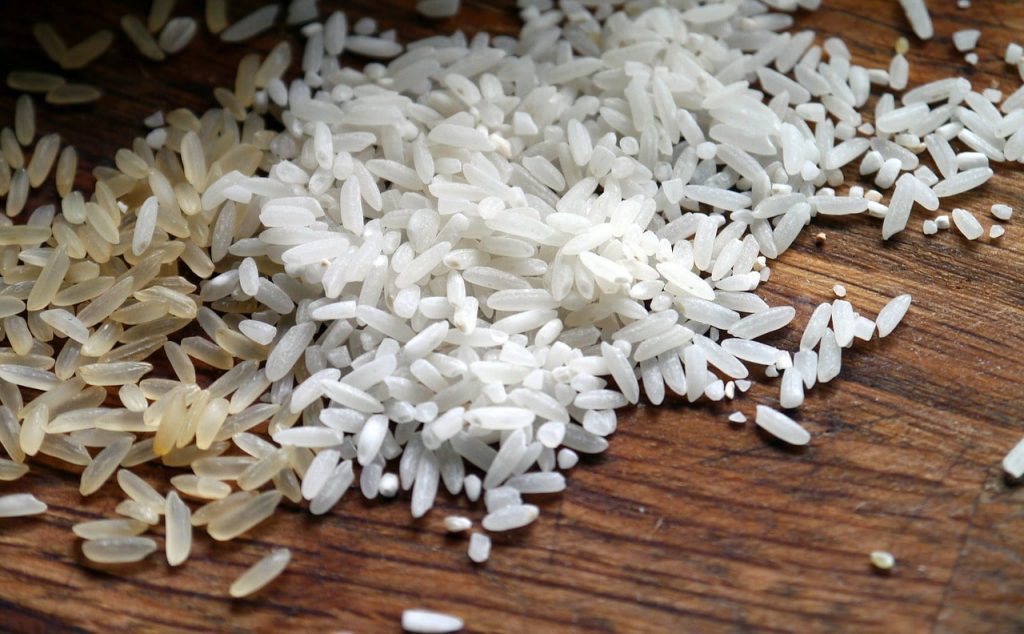

2. Beans And Lentils
The preparation for cooking beans and lentils with the help of a pressure cooker is different from that of rice. These have to be soaked in water for at least 4 hours, after which you can add them to the cooker along with other spices and water. The cooking time for every type of beans may vary.


3. Vegetables
Cooking vegetables with the help of a pressure cooker is less time consuming and more energy efficient. The vegetables must always be washed thoroughly before being added to the cooker. Vegetables such as carrot, potato, cabbage, and spinach, are a few examples of light vegetables that you can effectively cook in a pressure cooker.
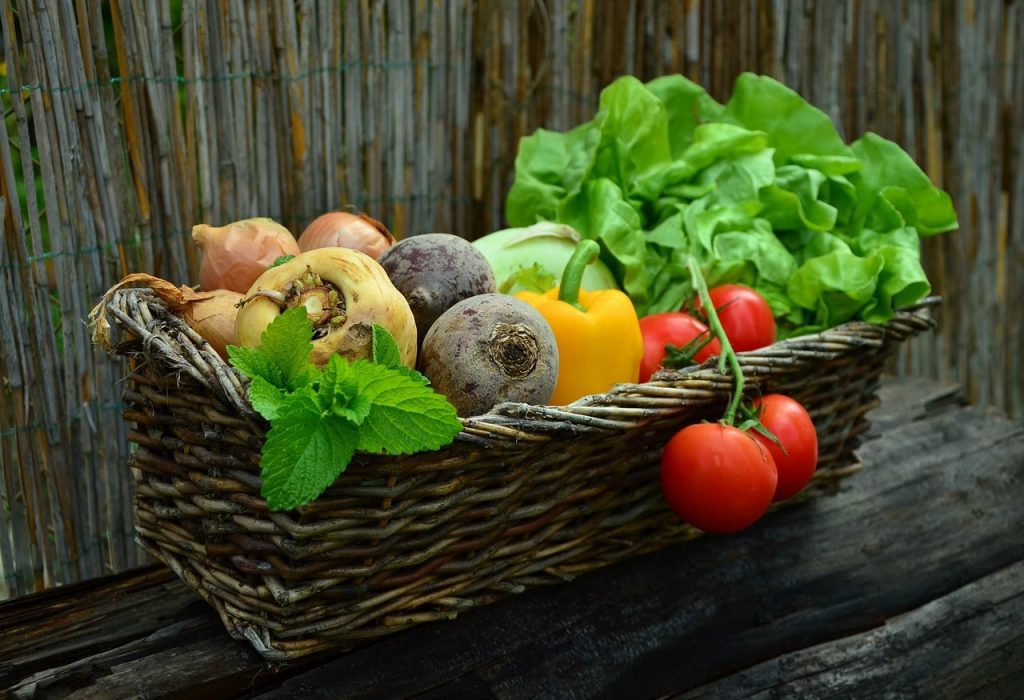

4. Meat And Seafood
It may seem unlikely, but just like vegetables, meat and seafood must also be thoroughly washed before being added to the cooker along with a little bit of oil.
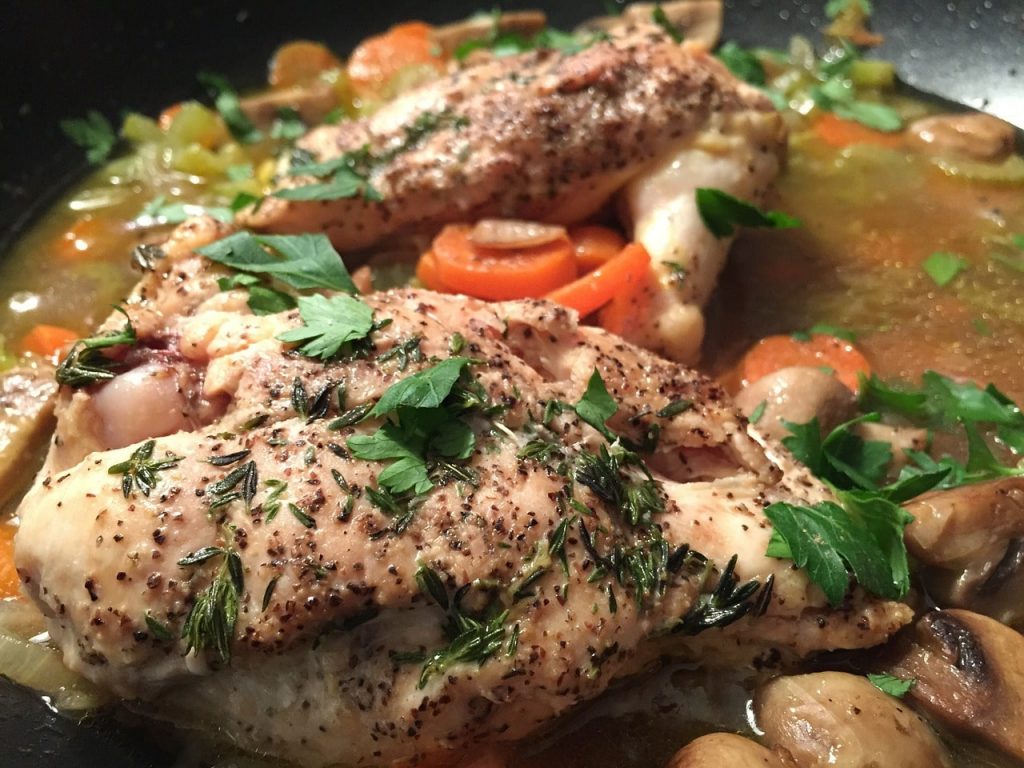

The Final Note
Pressure cooking is a great method that helps in saving both time and energy. If you keep in mind the correct and appropriate way of using it, you’ll see its advantages. However, it is also important that you go through your own needs, and choose the correct type of pressure cooker that adequately fulfills them.
